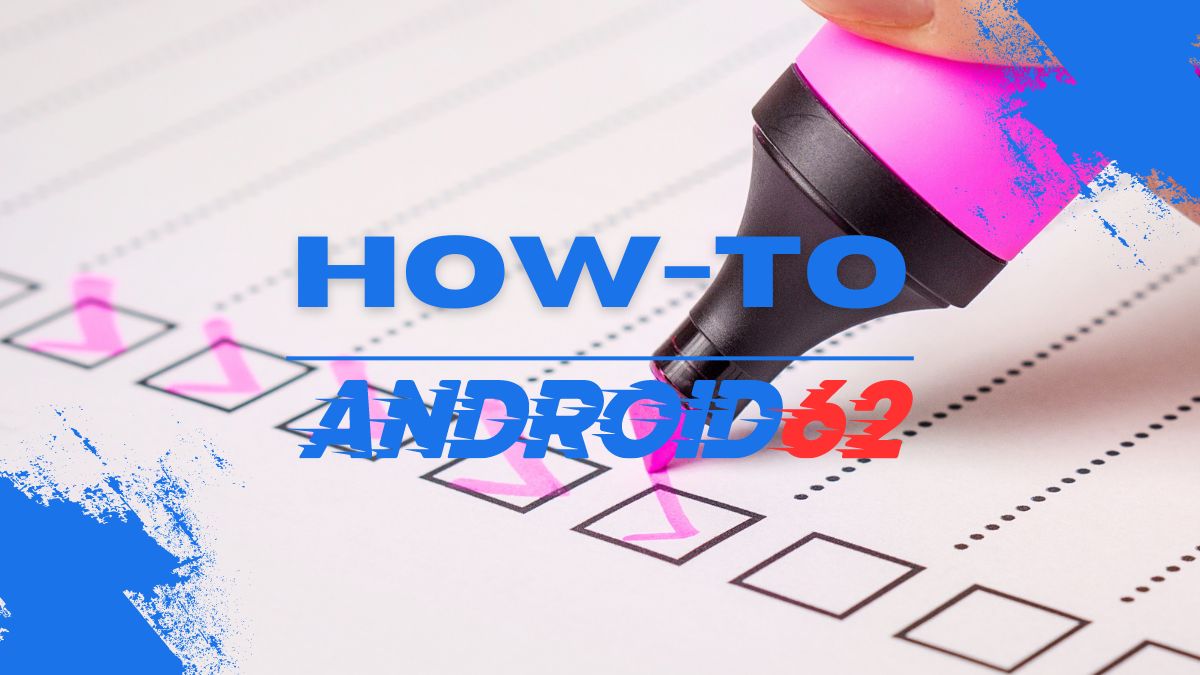
Introduction
Sending money to someone without a bank account can be a bit challenging, but it’s not impossible. Whether you need to help out a friend in need or make a payment to someone who doesn’t have access to a traditional bank, there are various methods you can use to transfer money securely and conveniently. In this article, we will explore different ways to send money to someone without a bank account.
1. Cash Transfer Services
If the recipient doesn’t have a bank account, cash transfer services can be a quick and easy way to send money. Some popular cash transfer services include Western Union, MoneyGram, and Ria Money Transfer. Here’s how you can use these services to send money:
- Visit a Cash Transfer Location: Locate a nearby Western Union, MoneyGram, or Ria Money Transfer agent location.
- Provide Necessary Information: Fill out a form with your information, the recipient’s information, and the amount you want to send.
- Pay the Transfer Amount: Pay the transfer amount plus fees in cash.
- Get a Receipt and Share the Tracking Number: Get a receipt with a unique tracking number that the recipient will use to pick up the cash.
- Share the Tracking Number with the Recipient: Share the tracking number with the recipient so they can collect the cash at a nearby agent location.
2. Prepaid Debit Cards
Another way to send money to someone without a bank account is through prepaid debit cards. These cards can be purchased at various retail locations and can be reloaded with money. Here’s how you can use prepaid debit cards to send money:
- Purchase a Prepaid Debit Card: Buy a prepaid debit card at a retail location.
- Load Money onto the Card: Add funds to the card either online, over the phone, or at a retail location.
- Share Card Information: Provide the card details, including the card number, expiration date, and CVV, to the recipient.
- Recipient Makes Withdrawals: The recipient can use the prepaid debit card to withdraw cash at ATMs or make purchases.
3. Mobile Payment Services
Mobile payment services, such as Venmo, PayPal, and Cash App, can also be used to send money to someone without a bank account. These apps allow you to transfer money quickly and securely using your mobile device. Here’s how you can send money using mobile payment services:
- Create an Account: Sign up for an account on the mobile payment app of your choice.
- Add Funds: Add funds to your account from your linked bank account or debit/credit card.
- Send Money: Enter the recipient’s phone number or email address and the amount you want to send.
- Recipient Claims Money: The recipient will receive a notification and can claim the money by signing up for an account or linking a debit card.
4. Money Orders
Money orders are another option to send money to someone without a bank account. Money orders can be purchased at various locations, such as post offices, convenience stores, and banks. Here’s how you can use money orders to send money:
- Purchase a Money Order: Buy a money order at a post office, bank, or convenience store.
- Fill Out the Money Order: Write the recipient’s name and address on the money order.
- Send the Money Order: Mail or deliver the money order to the recipient.
- Recipient Deposits the Money Order: The recipient can deposit the money order at a bank, credit union, or check-cashing location.
5. Cryptocurrency
Cryptocurrency, such as Bitcoin, Ethereum, or Litecoin, can also be used to send money to someone without a bank account. Cryptocurrency transactions are secure, fast, and decentralized. Here’s how you can send money using cryptocurrency:
- Set Up a Cryptocurrency Wallet: Create a cryptocurrency wallet to store your digital assets.
- Buy Cryptocurrency: Purchase cryptocurrency from a digital exchange using your bank account or credit card.
- Send Cryptocurrency: Enter the recipient’s cryptocurrency wallet address and the amount you want to send.
- Recipient Receives Cryptocurrency: The recipient will receive the cryptocurrency in their wallet, which they can hold or convert to cash.
6. Peer-to-Peer Payment Apps
Peer-to-peer payment apps, such as Zelle, Google Pay, and Apple Pay, are convenient ways to send money to someone without a bank account. These apps allow you to transfer money directly from your bank account to the recipient’s email or phone number. Here’s how you can send money using peer-to-peer payment apps:
- Link Bank Account: Link your bank account to the peer-to-peer payment app.
- Select Recipient: Choose the recipient from your contact list or enter their email or phone number.
- Enter Amount: Enter the amount you want to send and add a note if necessary.
- Send Money: Confirm the transaction to send money to the recipient instantly.
Conclusion
Sending money to someone without a bank account is possible through various methods, such as cash transfer services, prepaid debit cards, mobile payment services, money orders, cryptocurrency, and peer-to-peer payment apps. Each method has its pros and cons, so choose the one that best fits your needs and preferences. Remember to prioritize security and reliability when selecting a money transfer method to ensure the safety of your funds and personal information.



